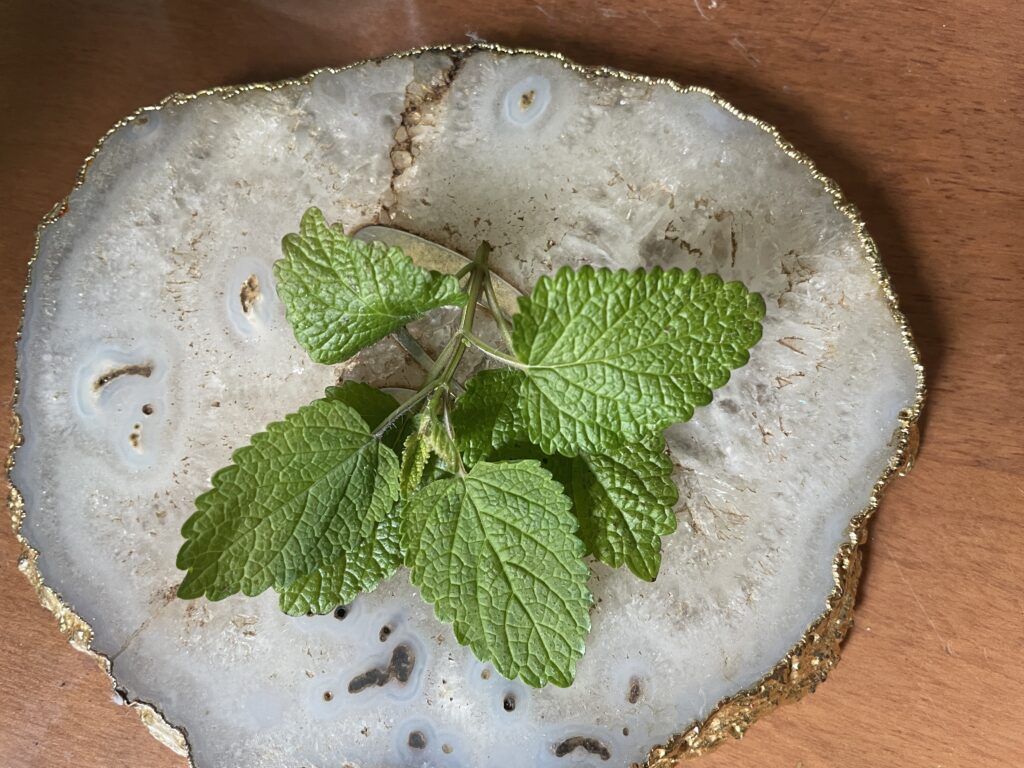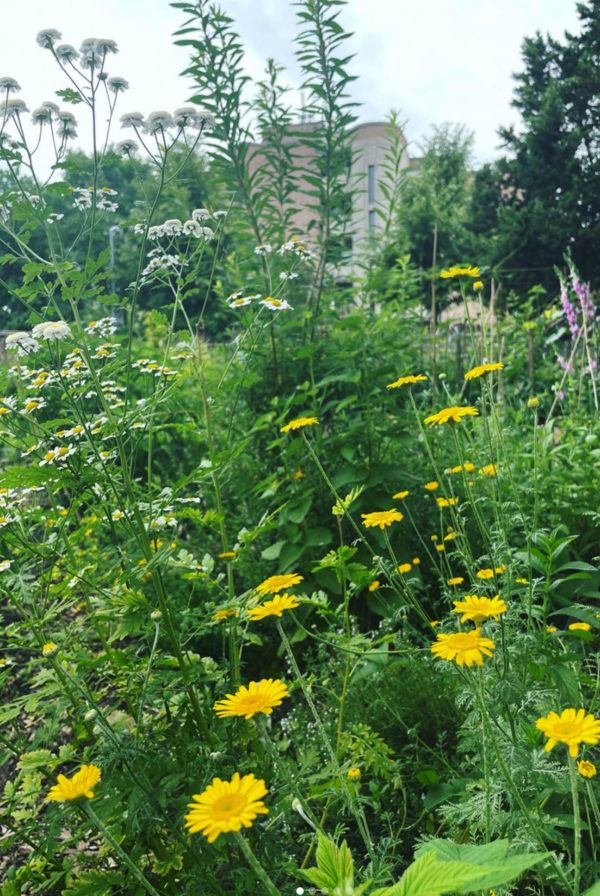
How to grow lemon balm in a small container garden
When first creating a container garden on my balcony about ten years ago, I wanted to add some beautiful fragrant herbs so that I could enjoy the scent of my plants whenever I stepped outside.
One of the plants I chose to add early on was lemon balm. At the time, I couldn't find any potted plants, so I bought a packet of seeds and managed to grow a plant on my own that flourished the entire summer in a small container.
Unfortunately, back then, I didn't realize that it was a fairly hardy perennial and threw the container containing its roots out at the end of the summer. Now I know better! A few years later, I procured a lemon balm plant from a local grower (as herbs and perennials have since become far more popular and easier to source), and it faithfully comes back every year. In fact, it can even be a bit invasive. As a relative of mint, it spreads easily and can overtake a space. I find that the antidote to this is to simply plant more plants and flowers around it to box it in.
Needless to say, lemon balm has one of the easiest plants for me to grow in my garden and can be started from seed, from a small plant purchased at a nursery, or even from a cutting. I put it in a standard potting soil or into the ground and cut from it all summer long. In containers, I have had good luck with it in an 8" terracotta pot or in a pocket of my Greenstalk planter.
Like mint, it tends to reach and grow and branch out fairly quickly. It tolerates shade, but seems to prefer medium to bright light and thrives in mild to balmy temperatures. In July, I find it grows abundantly, and pick extra sprigs to put in my flower bouquets for an extra dose of beauty and fragrance. I find it is one of the first herbs to grow in the spring where I live, but it does tend to wither after the autumn equinox.

The uses of lemon balm
Lemon balm has many culinary uses; it is almost like a mint that has a citrus fragrance and flavor (hence the name lemon balm!)
It also has many powerful properties that promote well-being. It is known for being calming and soothing. I find that it can ease anxiety and help stop mental chatter. It is a common herb in many sleep tea blends, as it helps you relax and calm down before bed. When making it into a tea, I like to blend it with honey. Its name in latin, melissa officinalis, comes from the Greek word for honey (méli).
Lemon balm has also been traditionally used to promote focus and concentration. I find this interesting and almost paradoxical to the calming and sedative effect that it also has. However, if you think about it, relaxing the mind does correspond with the idea that it can calm mental chatter, and it can help you zero in and focus on the thoughts you do want to have.
Lemon balm is also a digestive aid and can be used as a tea to promote a calm stomach after a meal. It can also be used to promote an appetite before a meal if needed.
Lemon balm is also known to be antiviral and can therefore be a good to drink if you have a cold or flu.

How to prepare lemon balm
There are many ways you can preserve and use lemon balm. My favorite ways are to simply dry it or use it fresh as a tea. Simply pour boiling water over it, let it steep a few minutes, and enjoy! It's nice when blended with black tea as well, and with honey stirred in. It's great as a hot tea or iced tea.
It can also be dried and then used to make a tincture.
Once dried, it smells amazing and can also be used in dried flower bouquets or sachets!


